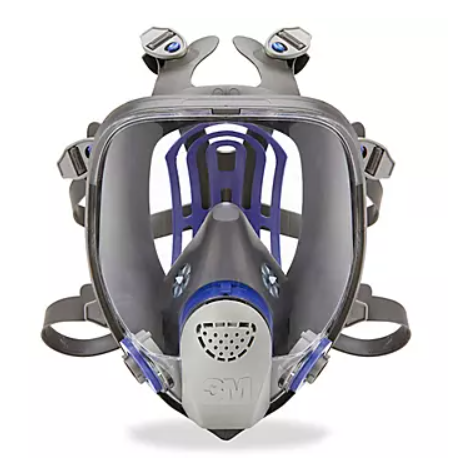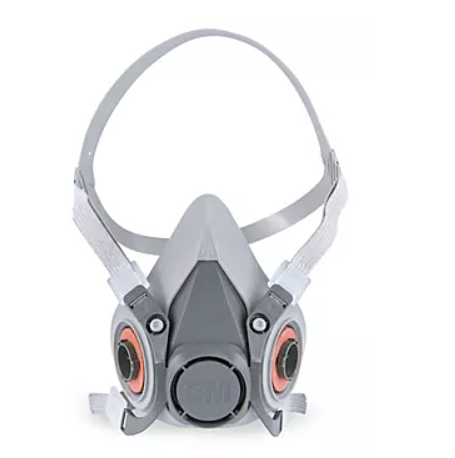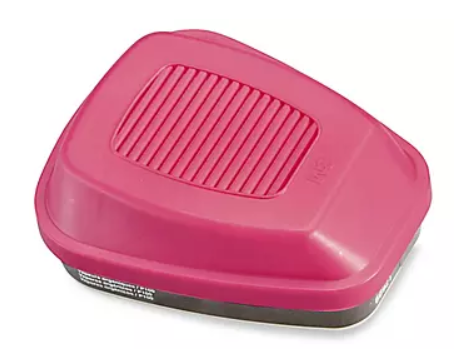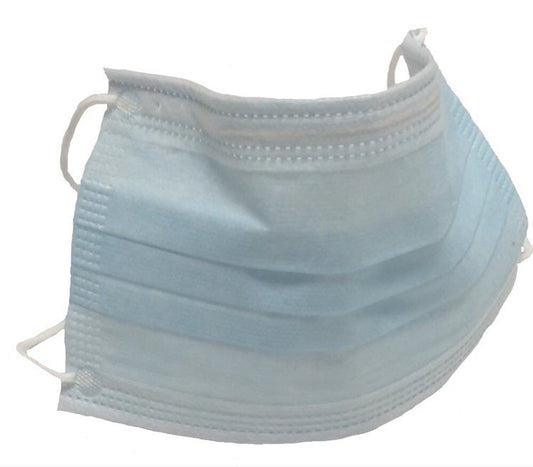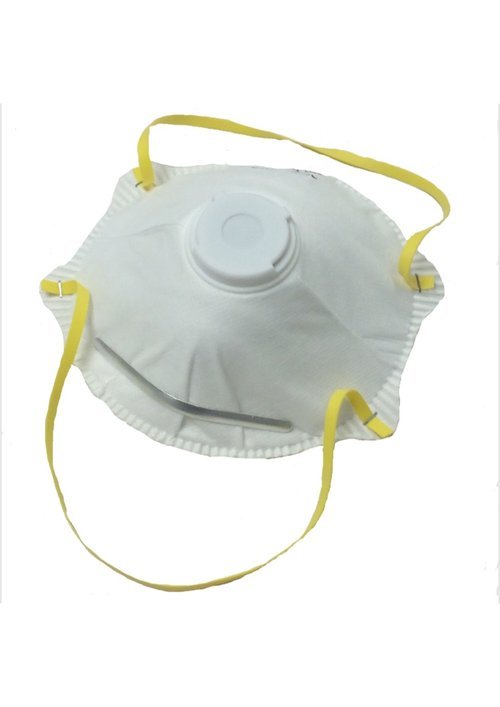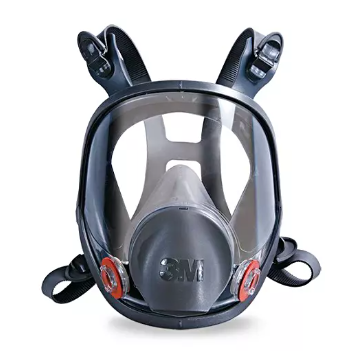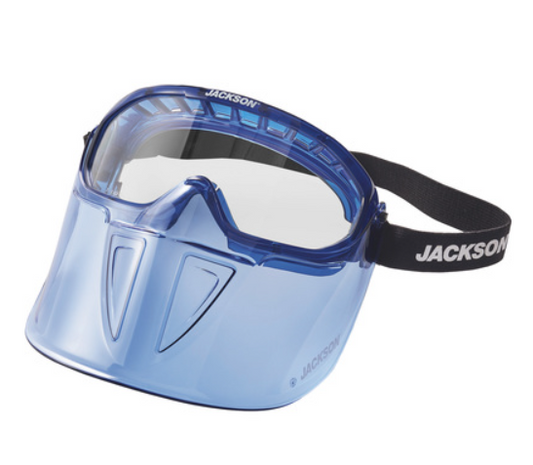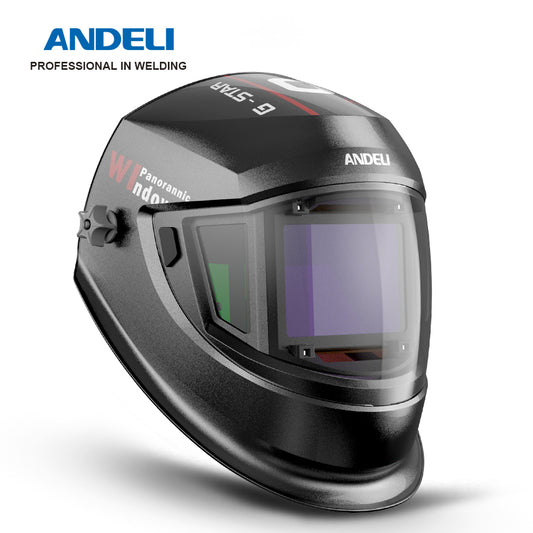Wire terminals are a critical component in electrical systems, ensuring reliable and secure connections between wires and devices. There are various types of wire terminals, each designed for specific applications and conditions. In this blog, we will discuss the different types of wire terminals, their uses, and when to use them.
Types of Wire Terminals:
- Crimp and Seal Terminals
Crimp and seal terminals are a popular choice for wire connections in harsh environments. These terminals are designed to withstand exposure to moisture, heat, and chemicals. They are made of a combination of copper and nylon, which offers high strength and durability.
These terminals work by crimping the wire to the terminal's barrel and then sealing the connection with a heat gun or a crimping tool. The heat or pressure applied during the sealing process creates a water-tight seal that protects the connection from environmental factors.
Crimp and seal terminals are commonly used in automotive and marine applications, where exposure to water and salt can cause corrosion and damage to electrical connections.
- Nylon Terminals
Nylon terminals are a cost-effective option for wire connections in dry environments. These terminals are made of nylon, which is a strong and durable material that can withstand high temperatures and pressures.
Nylon terminals come in a variety of shapes and sizes, including ring terminals, spade terminals, and butt connectors. They are easy to crimp onto the wire with a crimping tool and can be used with a range of wire gauges.
Nylon terminals are commonly used in household electrical systems, where they provide a reliable and safe connection between wires and devices.
- Heat Shrink Terminals
Heat shrink terminals are a popular choice for wire connections that require extra protection against environmental factors. These terminals work by crimping the wire to the terminal's barrel and then shrinking a heat shrink sleeve over the connection using a heat gun.
The heat shrink sleeve provides an additional layer of protection against moisture, dust, and other environmental factors. This makes heat shrink terminals ideal for use in outdoor or industrial applications, where exposure to harsh conditions is common.
Heat shrink terminals come in a variety of shapes and sizes, including ring terminals, spade terminals, and butt connectors.
- Solder Terminals
Solder terminals are a reliable option for wire connections that require a high level of conductivity. These terminals work by melting solder onto the wire and the terminal's barrel, creating a strong and durable connection.
Solder terminals provide a low resistance connection that is ideal for high-current applications, such as in audio systems and power distribution systems. They are also commonly used in aerospace and military applications, where reliability and safety are critical.
When to Use Different Types of Wire Terminals:
- Crimp and Seal Terminals
Crimp and seal terminals are ideal for use in harsh environments, where exposure to moisture, salt, and chemicals is common. These terminals provide a water-tight seal that protects the connection from environmental factors and prevents corrosion and damage.
Crimp and seal terminals are commonly used in automotive and marine applications, where they provide a reliable and safe connection between wires and devices.
- Nylon Terminals
Nylon terminals are ideal for use in dry environments, where moisture and corrosion are not a concern. These terminals are a cost-effective option for wire connections and can be used with a range of wire gauges.
Nylon terminals are commonly used in household electrical systems, where they provide a reliable and safe connection between wires and devices.
- Heat Shrink Terminals
Heat shrink terminals are ideal for use in outdoor or industrial applications, where exposure to harsh conditions is common. These terminals provide an additional layer of protection against moisture, dust, and other environmental factors, making them ideal for use in harsh conditions.
Heat shrink terminals are commonly used in automotive, marine
and industrial applications, where they provide a reliable and safe connection between wires and devices.
- Solder Terminals
Solder terminals are ideal for use in high-current applications, where reliability and safety are critical. These terminals provide a low resistance connection that is ideal for high-current applications, such as in audio systems and power distribution systems.
Solder terminals are commonly used in aerospace and military applications, where reliability and safety are critical.
Choosing the right type of wire terminal is essential for ensuring reliable and safe connections in electrical systems. Crimp and seal terminals are ideal for use in harsh environments, while nylon terminals are a cost-effective option for wire connections in dry environments.
Heat shrink terminals are ideal for use in outdoor or industrial applications, where exposure to harsh conditions is common, while solder terminals are ideal for use in high-current applications, where reliability and safety are critical.
By understanding the different types of wire terminals and their uses, you can choose the right terminal for your application and ensure reliable and safe connections in your electrical system.
 (508) 492-8975
(508) 492-8975

